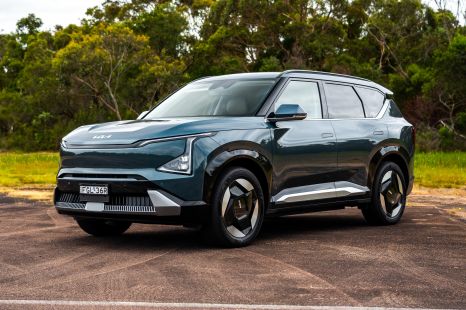

James Wong
2025 Kia EV5 Earth AWD review
4 Days Ago

News Editor
Jaguar Land Rover is aggressively paring back its local model ranges, and there’s no better example than the 2021 Jaguar XF range.
It’s not really a range anymore, with Jaguar choosing to offer only a lone variant: the R-Dynamic HSE P300 AWD, priced at $100,200 before on-road costs. It’ll touch down in Australia in the first quarter of 2021.
That spells the end for rear-wheel drive, diesel and six-cylinder engines and the Sportbrake wagon locally, while also raising the cost of entry into the XF range by $18,812.
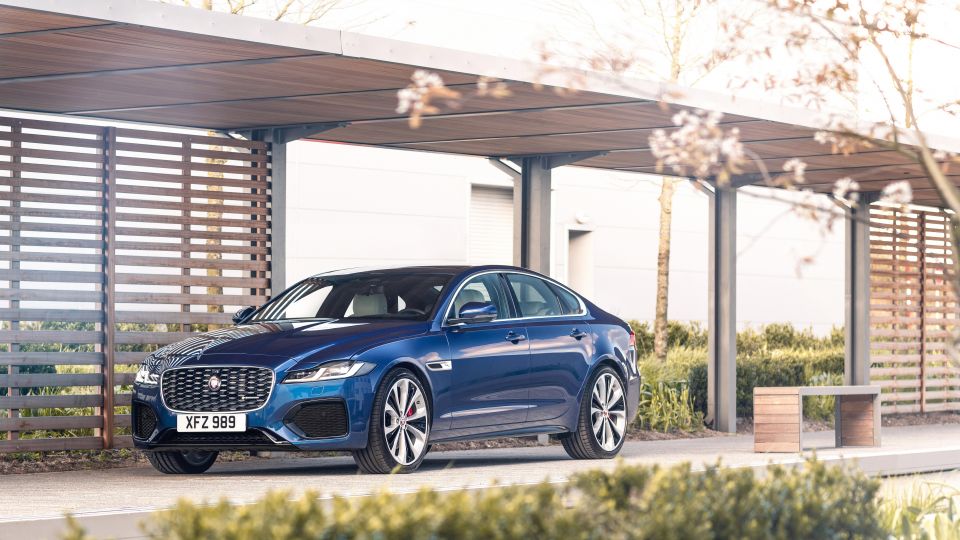
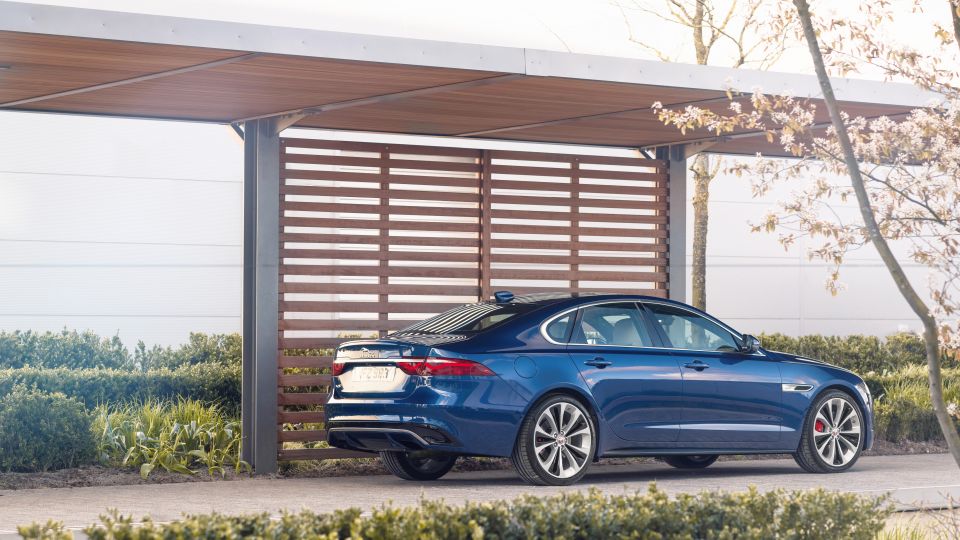
The updates to the XF mirror those of the 2021 F-Pace, with Jaguar making a conscious effort to align these two model lines visually.
Exterior updates are subtle, comprising a new front bumper with larger air intakes, as well as a revised grille, slimmer LED headlights, darkened tail light surrounds, and a new rear bumper.

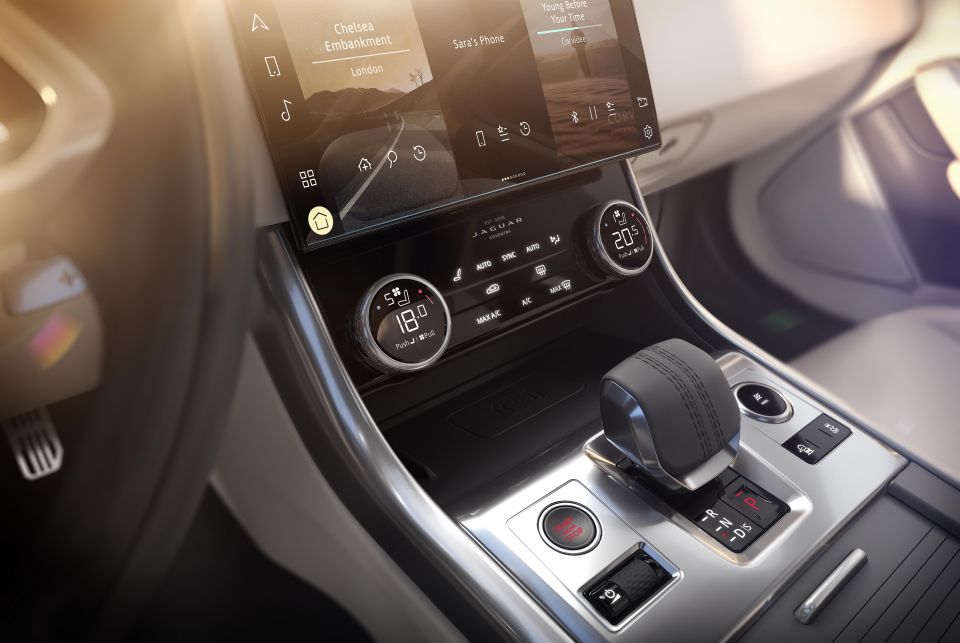
The most significant changes are inside, where the XF – like the F-Pace – picks up a new, curved-glass 11.4-inch touchscreen running Jaguar Land Rover’s new Pivi Pro infotainment system.
Underpinned by JLR’s new electronic vehicle architecture, the new infotainment system allows for over-the-air updates and features a simpler interface aligned around navigation, phone and media functions.
It includes Android Auto, Apple CarPlay, embedded Spotify, 4G connectivity, two embedded modems and a 360-degree view of the car.
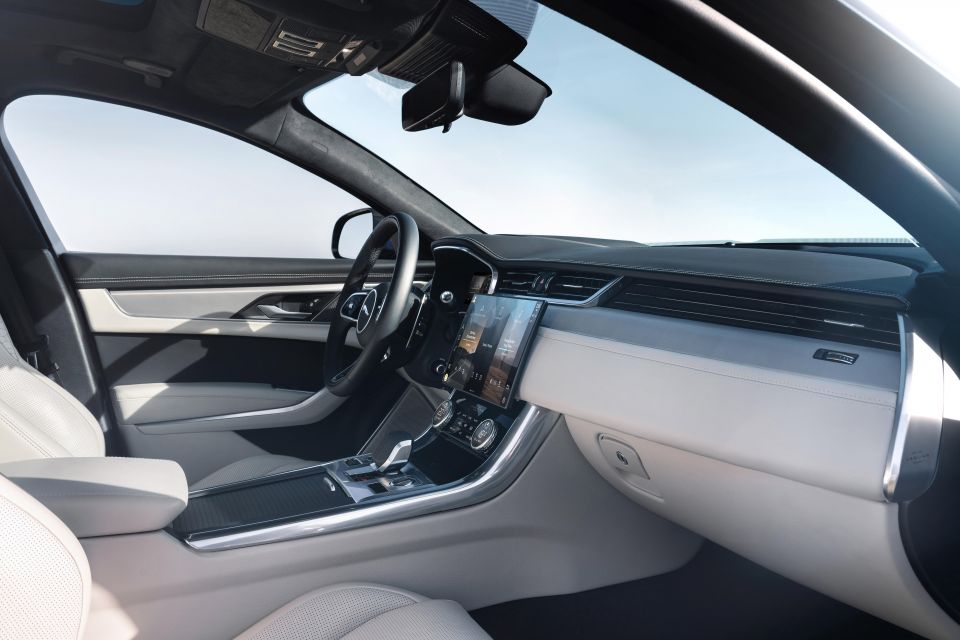
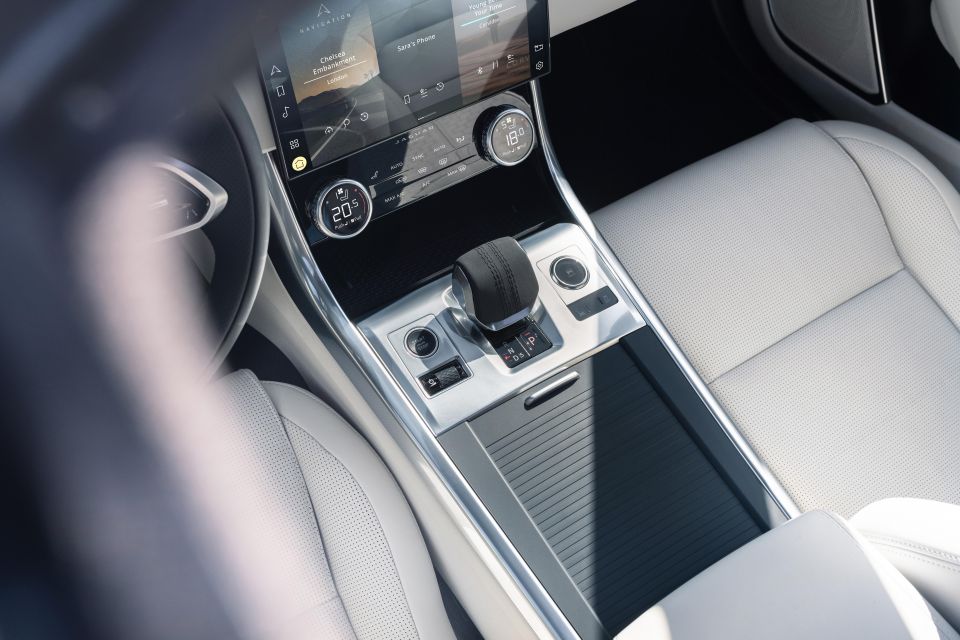
Smart Settings functionality recognises which key fob is in the car and adjusts climate control, media and phone settings to suit that particular driver.
Jaguar says the XF’s interior is all-new, including a new drive selector and new front seats that offer additional massage functions as an option.
There’s open-pore wood trim, as well as soft-touch materials for everything from the dash top to the sides of the centre console and the “lower cabin”.
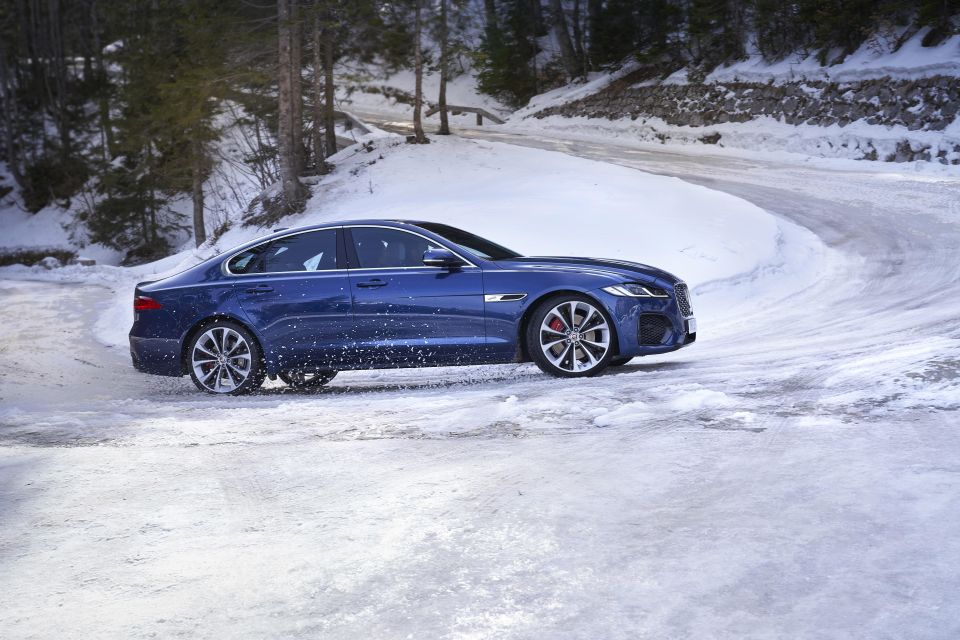
Also standard is a 12.3-inch digital instrument cluster and active road noise cancellation, as well as Jaguar’s ClearSight rear-view mirror that projects footage from a camera onto the interior mirror.
The cabin air ionisation system, which removes allergens and odours, now features PM2.5 filtration to weed out ultra-fine particles. To activate it, you’ll just need to press the Purify button.

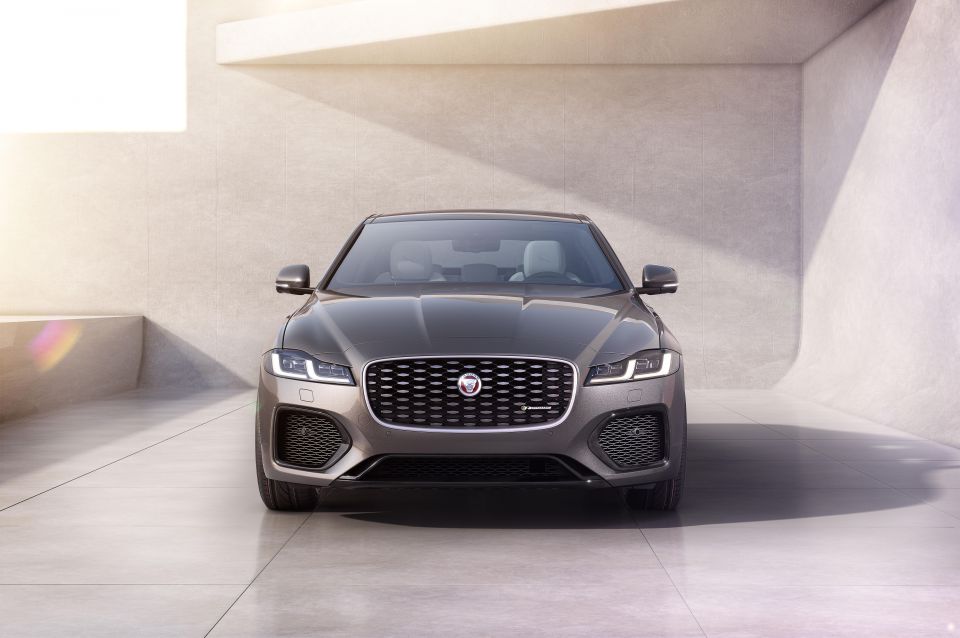
The only powertrain on offer locally is a 2.0-litre turbocharged four-cylinder engine from Jaguar Land Rover’s Ingenium engine family, mated to an eight-speed automatic transmission.
The engine produces 221kW of power and 400Nm of torque, allowing the XF to do the 0-100km/h sprint in 6.1 seconds.
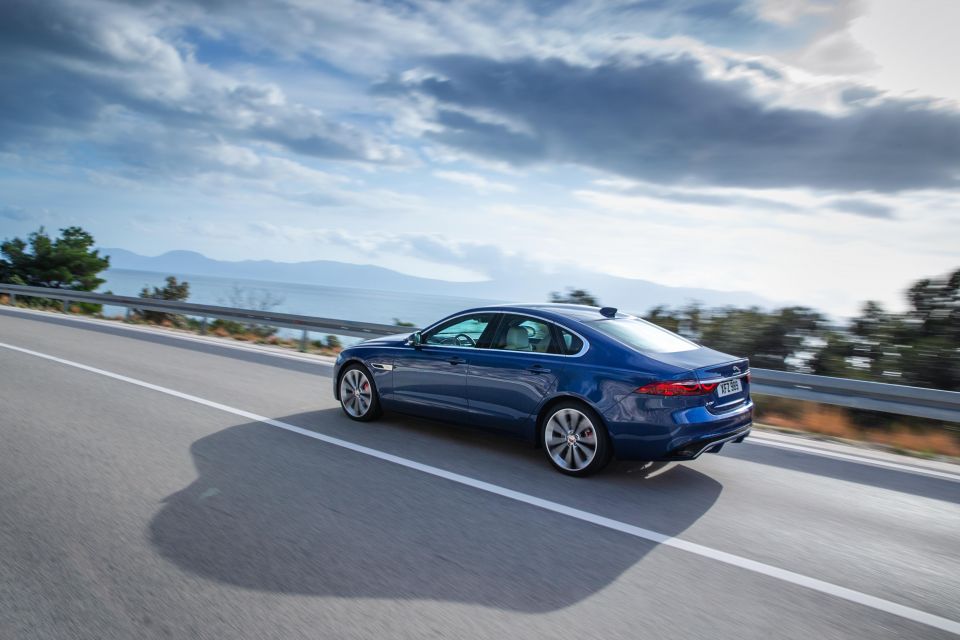
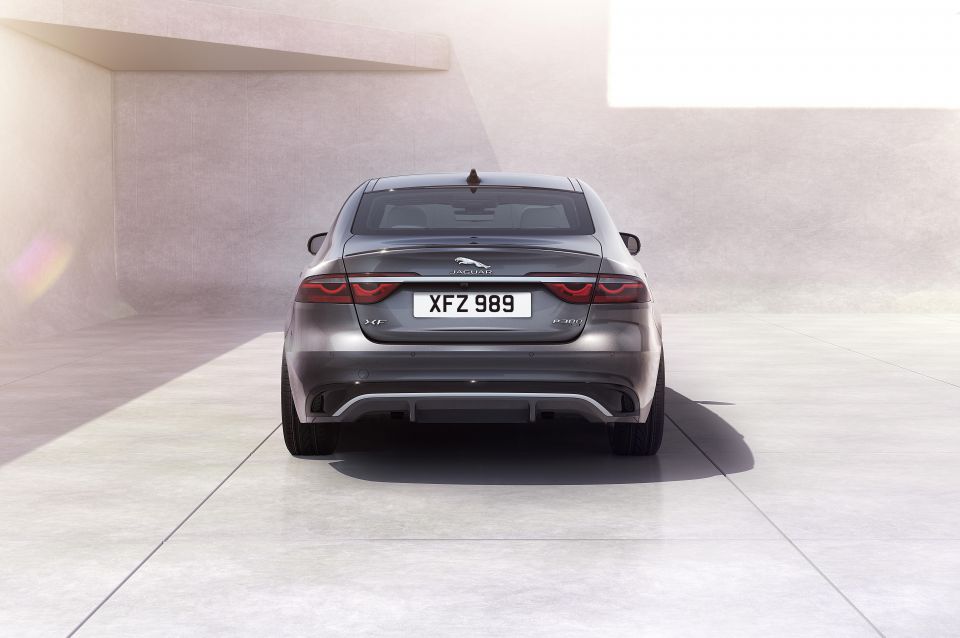
The standard all-wheel drive system features a rear-wheel drive bias, while adaptive suspension is an option.
Despite the plethora of XF models available for model year 2020, sales remain disappointing. Through the end of August, Jaguar sold just 22 examples.
Nobody comes close to the German juggernauts, with Audi selling 105 of its A6, BMW selling 456 examples of its 5 Series and Mercedes-Benz leading the class with 482 E-Classes.
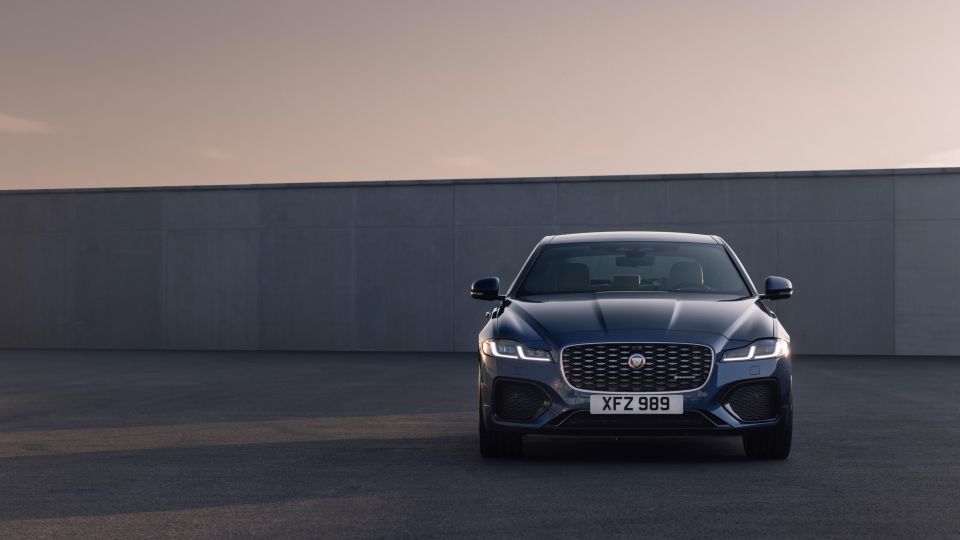
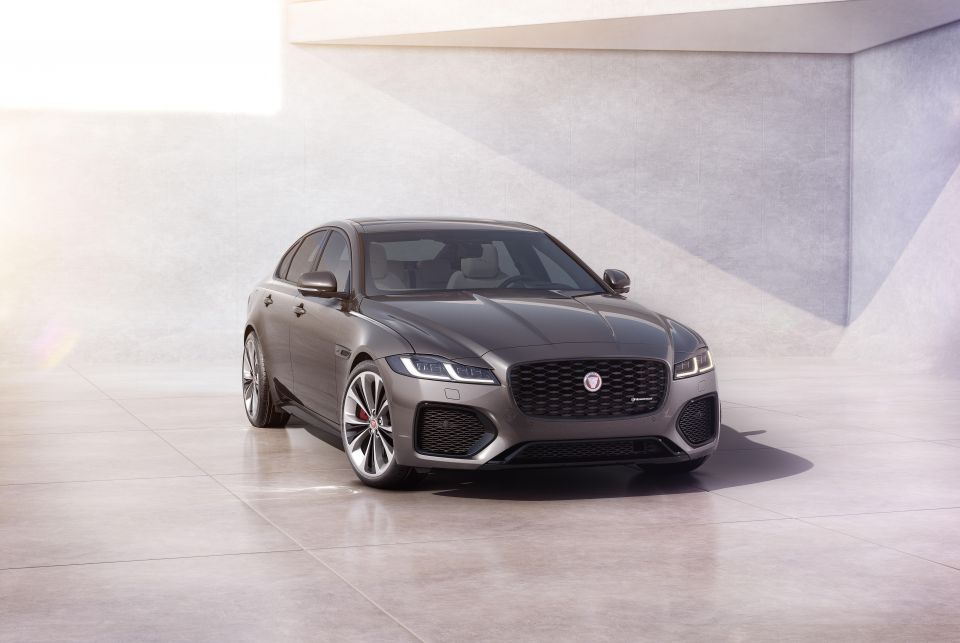
Still, the XF is being outsold by the Volvo V90 Cross Country wagon (57), the soon-to-be replaced Genesis G80 (26), the Maserati Ghibli (65) and the Audi A7 (53). It’s beating only the Lexus GS, which is being discontinued.
The current, second-generation arrived in Australia in 2016, with the Sportbrake following a couple of years later.
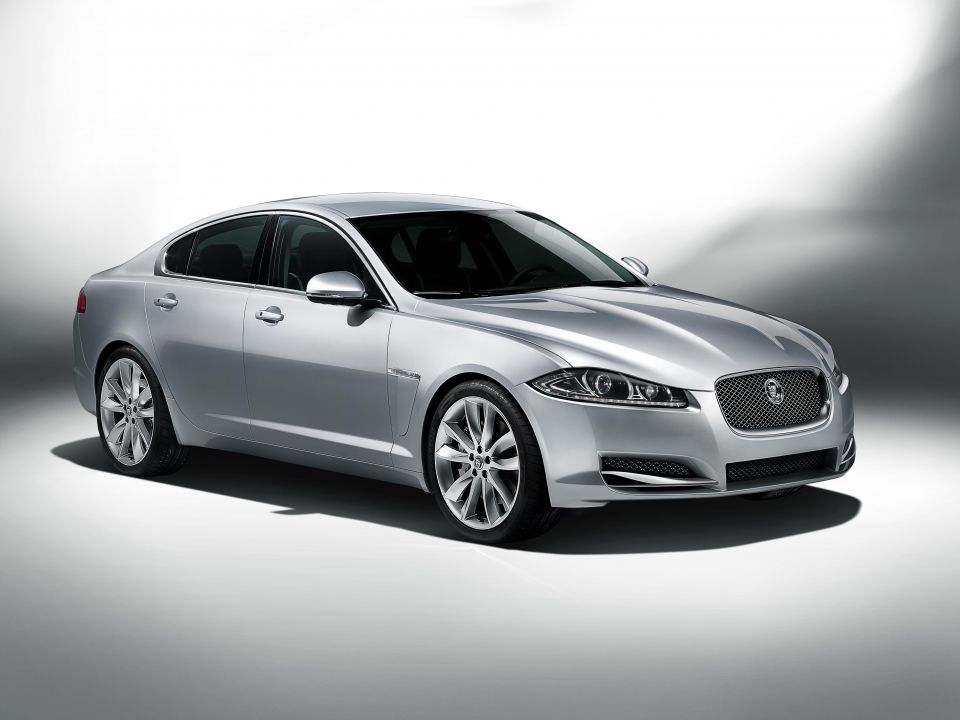

While the first XF had ushered in a dramatically different design language for Jaguar’s sedans, the second XF featured styling that closely resembled the smaller, cheaper XE.
At its height, the XF was one of the better-selling luxury sedans in its class. In 2013, for example, Jaguar sold 874 of its first-generation XF, a greater number than even the Audi A6 that year.
Where expert car reviews meet expert car buying – CarExpert gives you trusted advice, personalised service and real savings on your next new car.
William Stopford is an automotive journalist based in Brisbane, Australia. William is a Business/Journalism graduate from the Queensland University of Technology who loves to travel, briefly lived in the US, and has a particular interest in the American car industry.


James Wong
4 Days Ago


Angus MacKenzie
3 Days Ago


Paul Maric
2 Days Ago
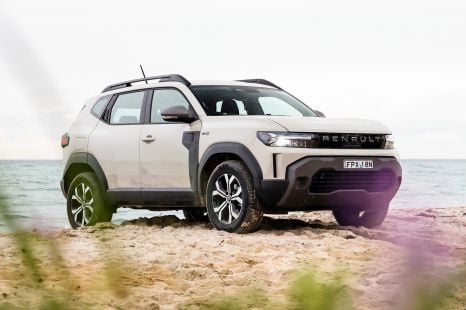

Max Davies
2 Days Ago
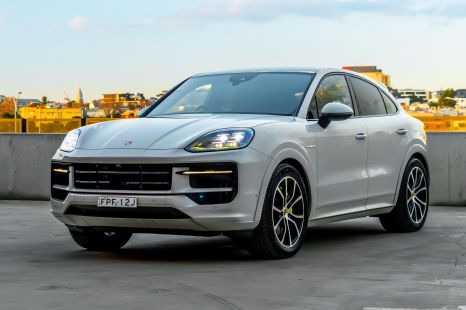

James Wong
1 Day Ago
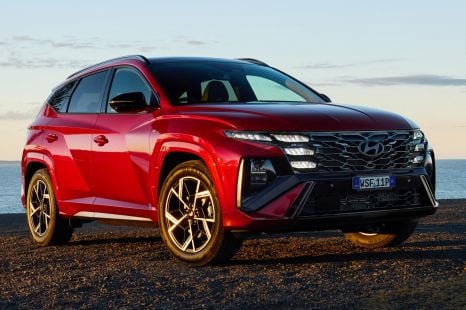

Damion Smy
19 Hours Ago